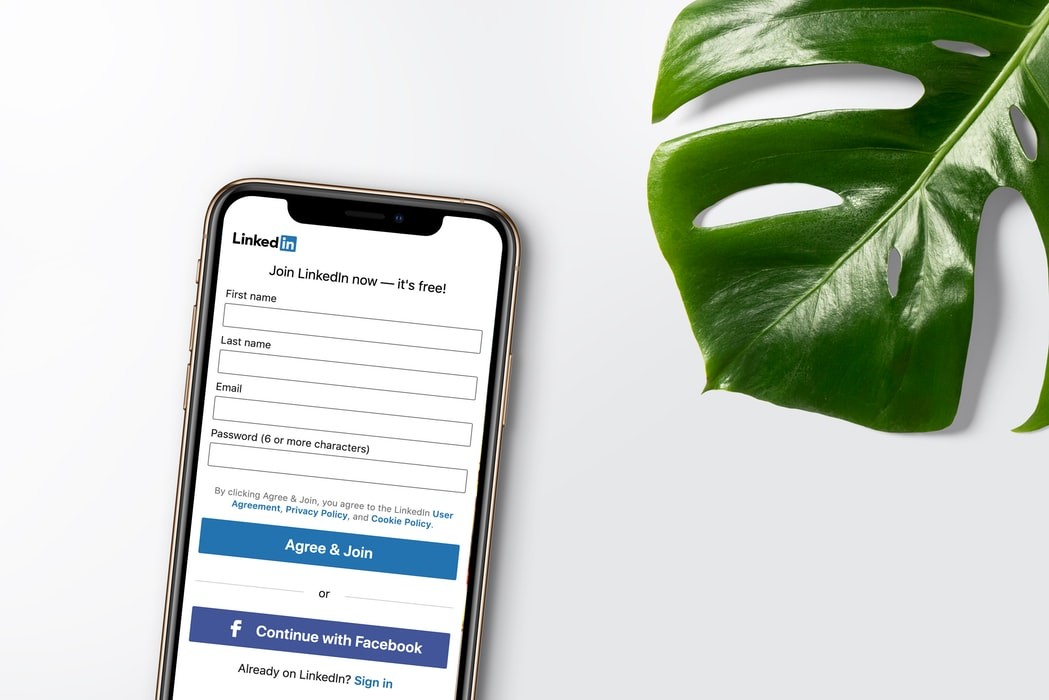Words by
Tyson Day
Published
October 21, 2020
A schedule to use when job hunting
Job hunting can be an exhausting experience for the most upbeat high energy individuals. Time and time again, the main challenge I see with clients (no matter their experience) is their time management and being reactive in their approach compared to proactive.
Something I continually share in workshops and client sessions is this notion of being proactive in your approach and treating your time of job search with the utmost care.
Let’s jump into a schedule that encourages a proactive job search. Now before we launch in, obviously depending on your situation and commitments, you will take what areas you need and run with them. I always have had a philosophy of a holistic approach to anything, so this structure will also take into account other factors and not just the application process. Let’s begin.
How much time?
Decide how many hours you can put towards your job search? If you are still working full time and have family commitments, it may be only a few hours a week. Or you may be a student who is working part-time, and you have a few days up your sleeve, don’t worry the same principles apply 😉
Let’s use an example that you have 4 hours per week to focus on your job search. We need to break our time into four categories:
- Job search – 30mins
- Application writing – 1-2hrs (on a good day 😉
- Proactive networking – 30mins
- Research & learning 30mins

Job Search
This is the category that we need to maximise/automate our time on the most. The first thing you need to do is spend time automating your catchments, allow the job search engines to work for you. This could take around 1-2 hours initially but is well worth your time. Jump on each platform, upload your resume and so on. Once this is complete, set your notifications to emails, especially on LinkedIn, we don’t want distractions from your proactive networking 😉
We do this to save ourselves a tremendous amount of time by not scrolling through a rabbit hole of job opportunities, looking over a role and trying to decide if it is right for us or finding positions that have probably expired but have not been taken down from the platform. Remember, in most cases. We are looking for quality roles that allow us to pivot or progress positively. Hold your self to high standards if you have the financial flexibility in your transition to do so. Once we have automated this process and you are receiving roles directly to your inbox we can then scroll our inbox once a week and review roles in a nice 30min pocket of time. If you want to go that one step further set up a label/folder rule, so they don’t take up space in your inbox.
Application Writing
This is the most time-consuming component depending on the types of roles that you are applying for. Some require a cover letter which through some company research you can drum up a great draft in about 30mins. Other require extensive attention to the Key Selection Criteria with additional documents or perhaps you have present a pitch concept or project as apart of the application process, this will take a lot longer. Make sure you give the attention these deserve, recruiters can see right through an application that has just been copied and pasted with inappropriate focus on keywords and company values. Make sure that your application writing is also done when you have a good state of flow. If you are a morning person write in the morning if you are an evening person write in the evening. You want to ensure that you are in a positive state of mind before you put fingers to a keyboard. Perhaps complete some exercise or meditate to clear the mind. Under no circumstance, write an application while streaming your favourite Netflix series!

Proactive Networking
When we refer to proactive networking we also want to combine coffees and face to face meetings in a pre-COVID or hopefully pos- COVID world. But for now, we are going to focus on our social media! We are going to focus on LinkedIn but depending on your industry if might be another platform. We are also going to break it down into a few categories, follow, connect and post.
The average LinkedIn user spends 17 mins a month on the platform, now is the time to beef up these stats! If you are already on LinkedIn, great! If not, sign up now. Need help creating a profile? Download our Creating a LinkedIn Handout or tune into our LinkedIn podcast with Karen Tisdell. I also recommend following her updates as she is always sharing unique insights about to maximise the platform. Once you have created a profile, it’s now time to make your feed work for you and ensure you are gaining the right information in your social feed. Take a moment to follow any company in your chosen industry or a thought leader who brings terrific knowledge that is of benefit to your space.
Once you have some great sources of info coming through your feed, you can then start to connect and engage with employees on LinkedIn from companies that you want to work for. Equally, focus on mutual connections that you have with others with and any other people that you have worked with or studied with in the past, now would be a good time to connect with them 😉
My recommendation is to spend at least 30min on the platform per week, engaging and following updates with your industry space. The final part of this important step is posting about your journey along the way. People are afraid in many cases to post when they are in a state of transition or unemployment. Take the time to flip it and use it as an opportunity to demonstrate your adaptability and attention to your community by sharing resources and insights that you have learnt. Be authentic, whatever challenges you have faced, share these as I guarantee your connections at some point have experienced something similar and may be able to provide insight.

Research and Learning
In this process, ensure that you are researching companies who are aligned more with your values or are focussing on areas that you find fascinating. Prioritise time to learn about your industry through the use of podcasts and audiobooks or anything that provides an edge to your knowledge and brand. You may feel that it’s time to develop a new skill or complete some online learning modules that you can place on your resume or LinkedIn. Prioritising this time is vital as this allows us to grow and develop our understanding and make us even more employable in the long term and short term. It demonstrates that you are proactive and a self-starter, a high sort after skill and mindset in recent times. You can also place this into your networking approach and application writing by sharing the content that you are learning in a way that relates to the role you are applying for.
Through these pillars, you will find yourself in a proactive state that produces some of your best applications and allows you to gain valuable insights and position yourself as a worthy and professional candidate in any role. Remember to check out our podcast episode on ‘The importance of foundations when job searching’ If you are doing it tough in your job search through the impact of COVID, please reach out as we want to make sure our community feels supported with the right tools and mindsets to thrive all the time!